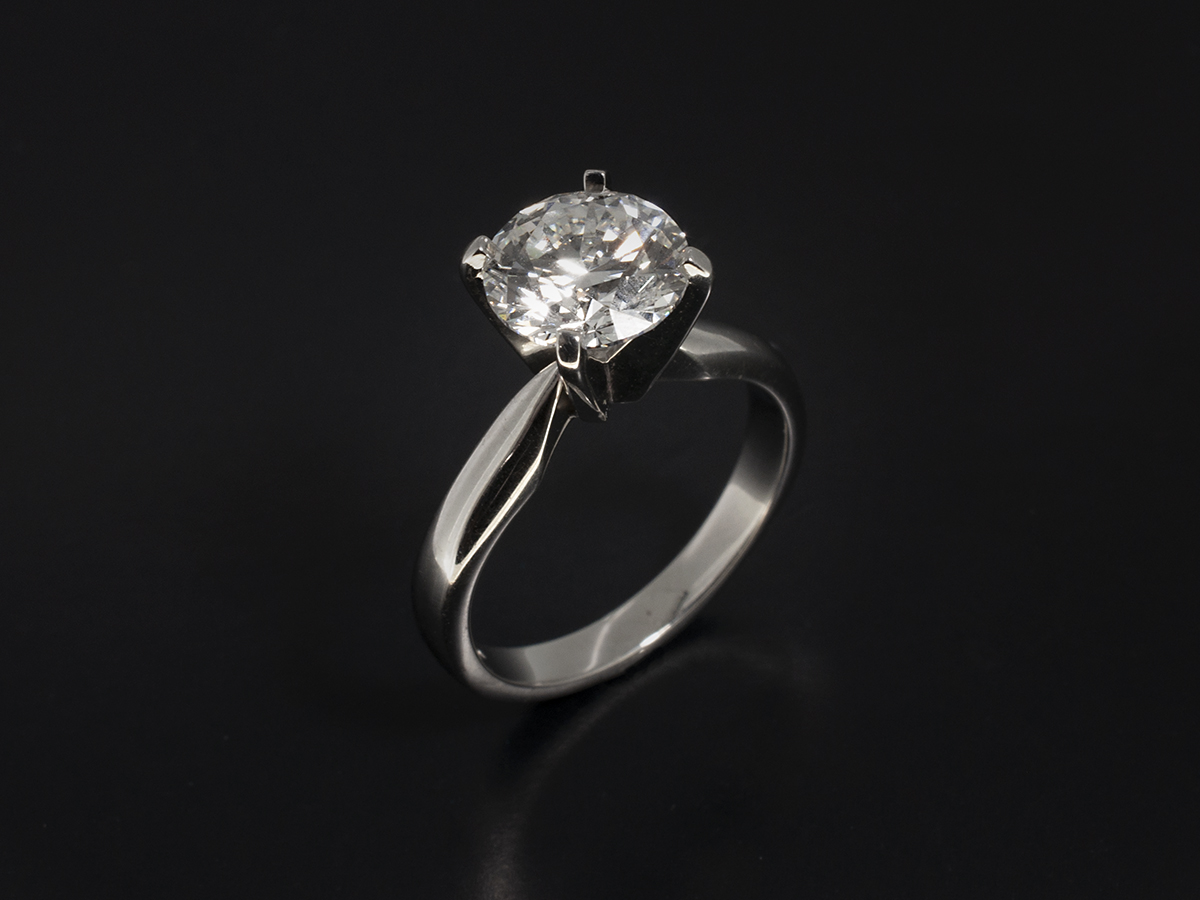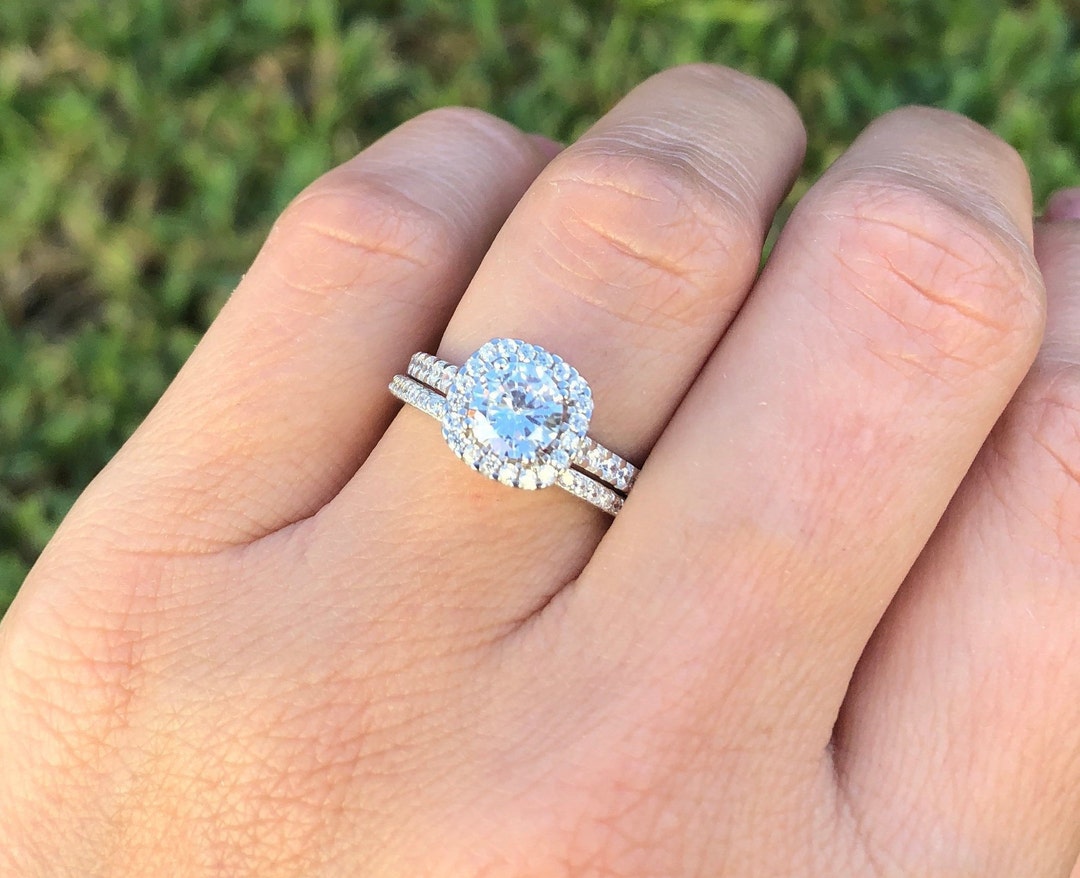
Lab-grown diamond rings have revolutionized the jewelry industry, offering an ethical, eco-friendly, and budget-friendly alternative to traditional mined diamonds. However, when it comes to selecting the perfect setting for your lab-grown sparkler, one crucial aspect often overlooked is the choice of claws. These tiny metal prongs play a significant role in not only securing your precious stone but also enhancing its beauty and longevity. So, let’s dive into the world of claws and explore everything you need to know to make an informed decision.
Understanding Claws: The Unsung Heroes
Claws, also known as prongs, are small metal projections that grip the diamond securely in place within the ring setting. They serve both a practical purpose of holding the stone firmly and an aesthetic function of showcasing its brilliance. The number and style of claws can vary depending on the design of the ring and the shape of the diamond.
Benefits of Lab-Grown Diamond Rings
Before delving into the intricacies of claws for lab grown diamond rings, let’s briefly touch upon why lab-grown diamond rings are gaining popularity. Firstly, they offer a more sustainable and eco-friendly option compared to mined diamonds, reducing the environmental impact associated with diamond mining. Secondly, lab-grown diamonds are typically more affordable, making them accessible to a broader range of consumers. Additionally, they eliminate the ethical concerns surrounding the diamond mining industry, ensuring that your purchase aligns with your values.
Types of Claw Settings
When it comes to claw settings, there are several options to consider, each offering a unique look and level of security. The most common types include:
- Prong Setting: This classic style features small metal claws that grip the diamond at specific points, allowing maximum light to enter and accentuating its brilliance.
- Bezel Setting: In contrast to prongs, the bezel setting encircles the diamond with a metal rim, providing a sleek and modern appearance while offering excellent protection against damage.
- Tension Setting: This contemporary design suspends the diamond between two metal bands, creating the illusion that it’s floating within the setting. While visually striking, tension settings require precise craftsmanship to ensure the diamond remains secure.
Factors to Consider When Choosing Claws
Several factors should influence your decision when selecting the right claws for your man made diamonds ring:
- Diamond Shape and Size: Different diamond shapes may require specific claw configurations to ensure a snug fit and secure hold.
- Ring Design: The overall style of the ring, whether traditional, vintage, or modern, will dictate the most suitable claw setting.
- Lifestyle and Daily Activities: If you lead an active lifestyle or work with your hands frequently, you’ll want to opt for a setting that offers maximum protection and durability.
Strength and Durability: Ensuring Longevity
When it comes to claw settings, strength and durability are paramount. The last thing you want is for your diamond to become loose or, worse, fall out due to weak or poorly constructed claws. Therefore, it’s essential to choose a setting made from high-quality materials such as platinum, gold, or palladium, known for their durability and resistance to wear and tear.













